AIRCRAFT
F/A-18F Super Hornet
SCALE & KIT
1/48 Hasegawa
MODELER
Fishbone
MODEL INFO
US Navy F/A-18F Super Hornet BuAerNo. 168493/AG200 of VFA-103 Jolly Rogers, USS Abraham Lincoln (CVN 72), CVW-7 2018.
“Victory 200” 75th Anniversary scheme, 1943-2018.
PE parts: DreamModel
Wing: Wolfpack Flap-down
Decals: Fishbone Inc.
HISTORY
The Boeing F/A-18E and F/A-18F Super Hornet are twin-engine, carrier-capable, multirole fighter aircraft variants based on the McDonnell Douglas F/A-18 Hornet. The F/A-18E single-seat and F/A-18F tandem-seat variants are larger and more advanced derivatives of the F/A-18C and D Hornet. The Super Hornet has an internal 20 mm M61 rotary cannon and can carry air-to-air missiles and air-to-surface weapons. Additional fuel can be carried in up to five external fuel tanks and the aircraft can be configured as an airborne tanker by adding an external air refueling system.
Designed and initially produced by McDonnell Douglas, the Super Hornet first flew in 1995. Low-rate production began in early 1997 with full-rate production starting in September 1997, after the merger of McDonnell Douglas and Boeing the previous month. The Super Hornet entered service with the United States Navy in 2001, replacing the Grumman F-14 Tomcat, which was retired in 2006; the Super Hornet serves alongside the original Hornet. The Royal Australian Air Force (RAAF), which has operated the F/A-18A as its main fighter since 1984, ordered the F/A-18F in 2007 to replace its aging F-111C fleet. RAAF Super Hornets entered service in December 2010.
Operational History
The Super Hornet achieved initial operating capability (IOC) in September 2001 with the U.S. Navy’s Strike Fighter Squadron 115 (VFA-115) at Naval Air Station Lemoore, California.[1] VFA-115 was also the first unit to take their F/A-18 Super Hornets into combat. On 6 November 2002, two F/A-18Es conducted a “Response Option” strike in support of Operation Southern Watch on two surface-to-air missile launchers at Al Kut, Iraq and an air defense command and control bunker at Tallil air base. One of the pilots dropped 2,000 lb (910 kg) JDAM bombs from the Super Hornet for the first time during combat.
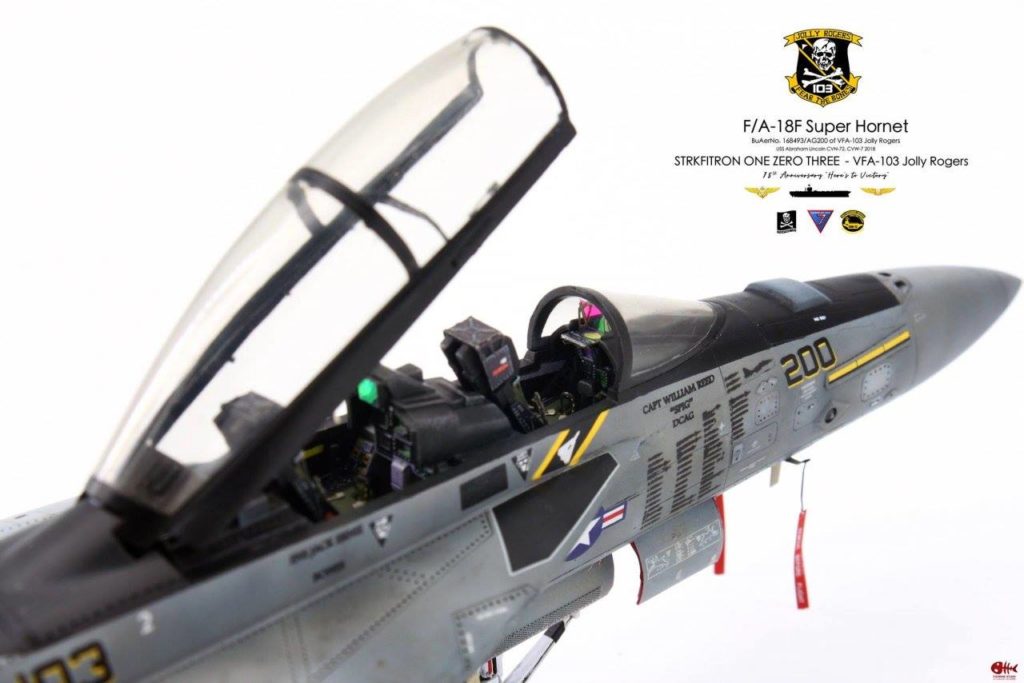
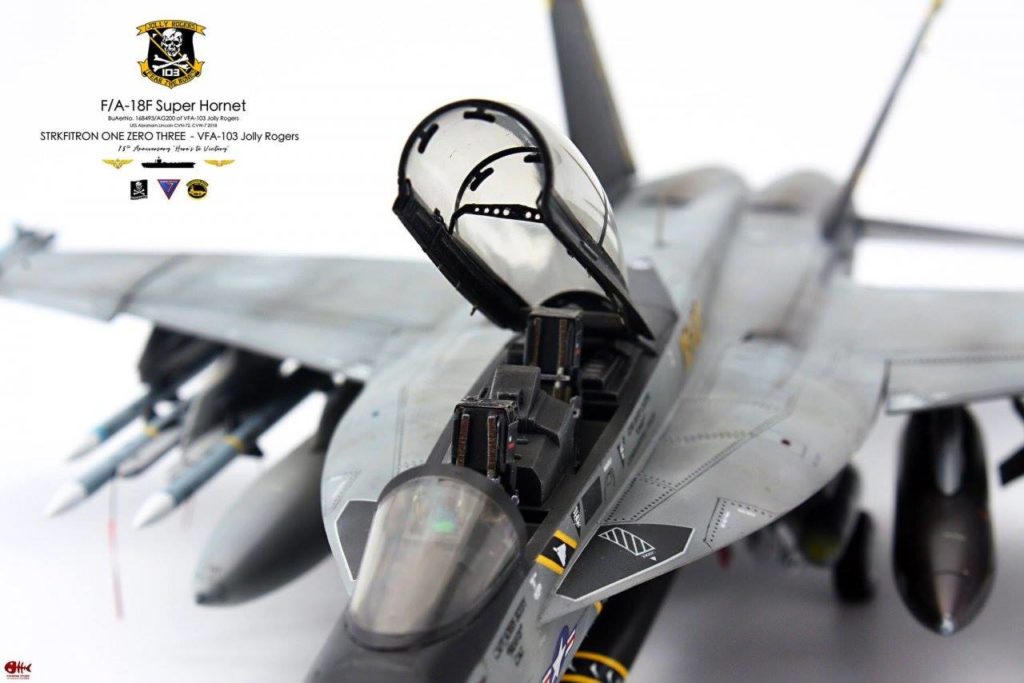
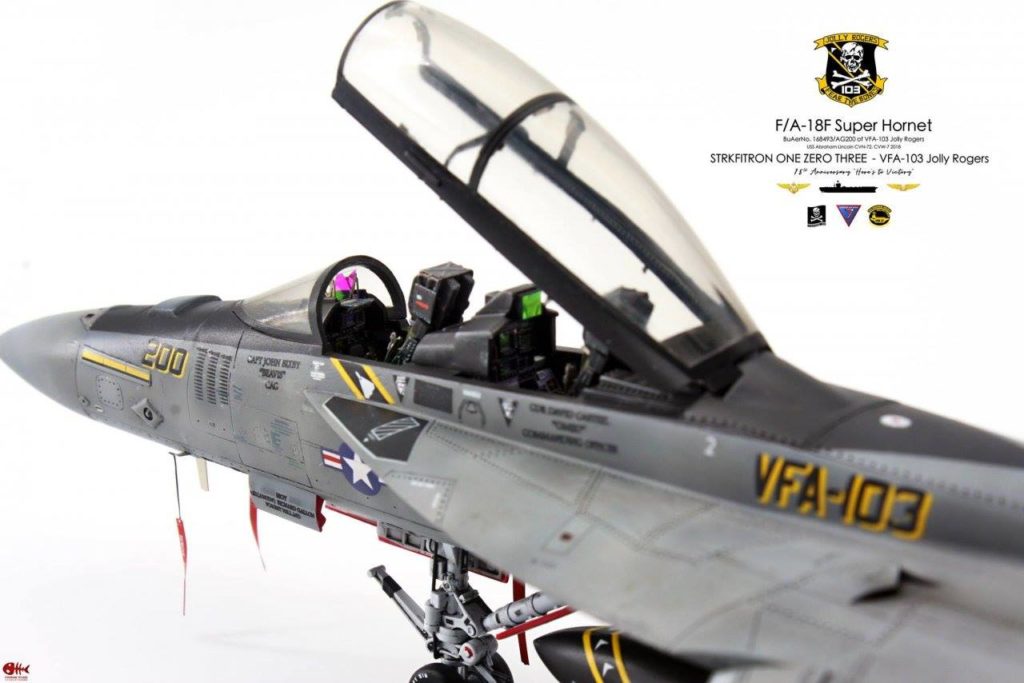
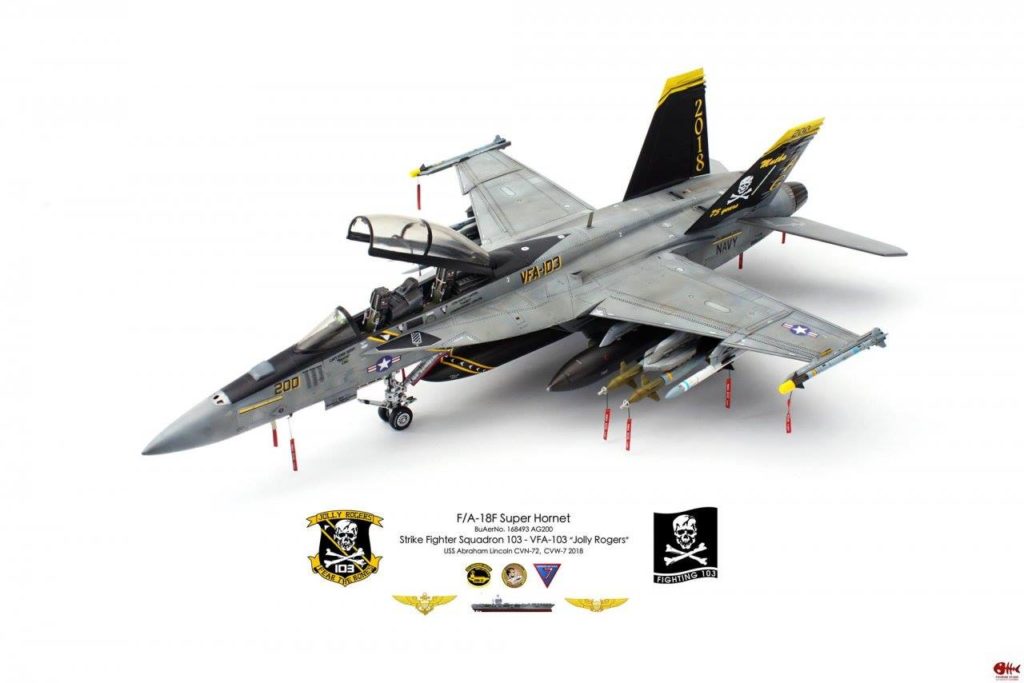
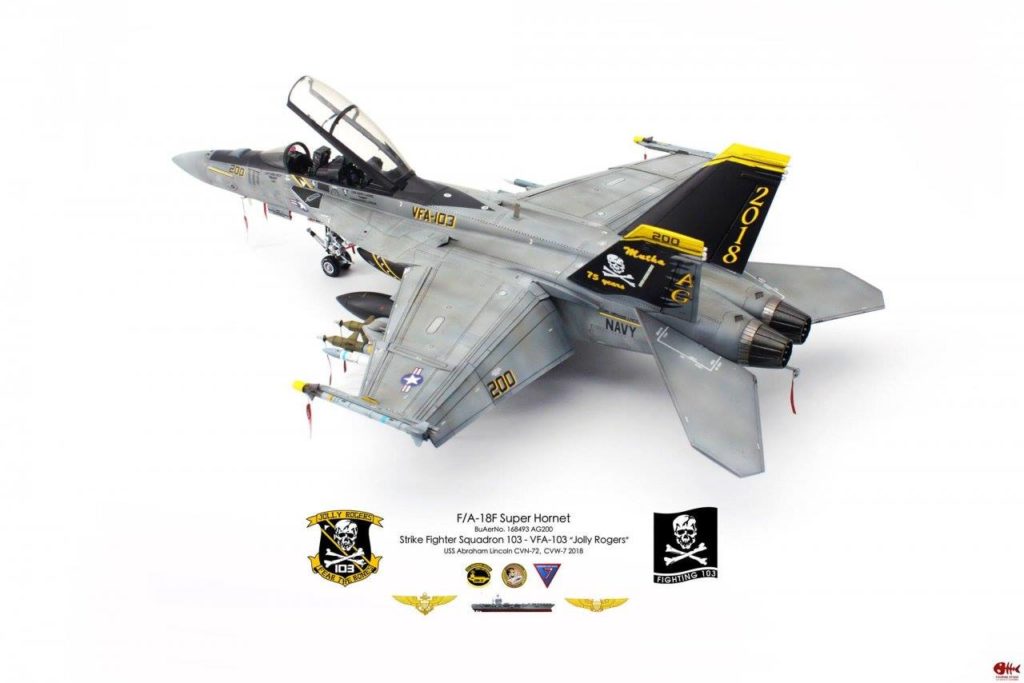
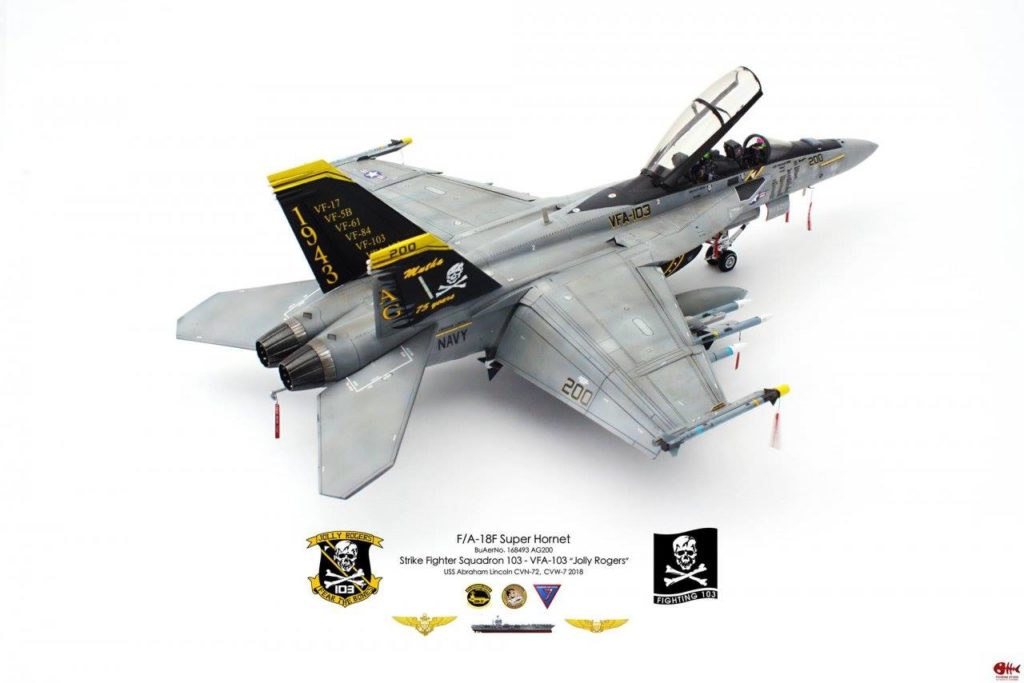
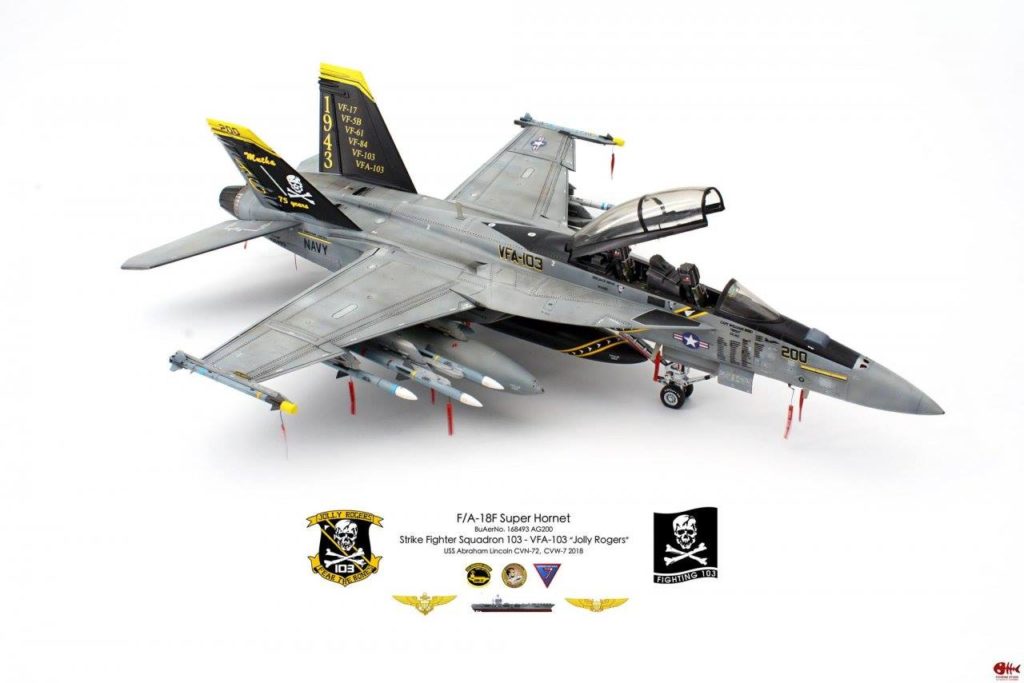
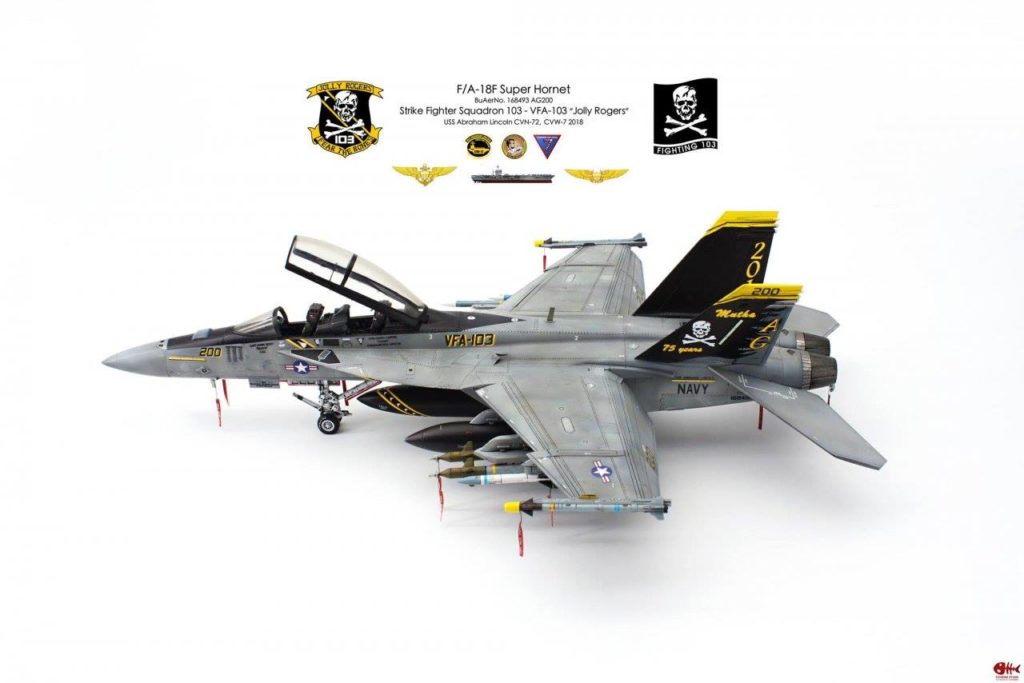
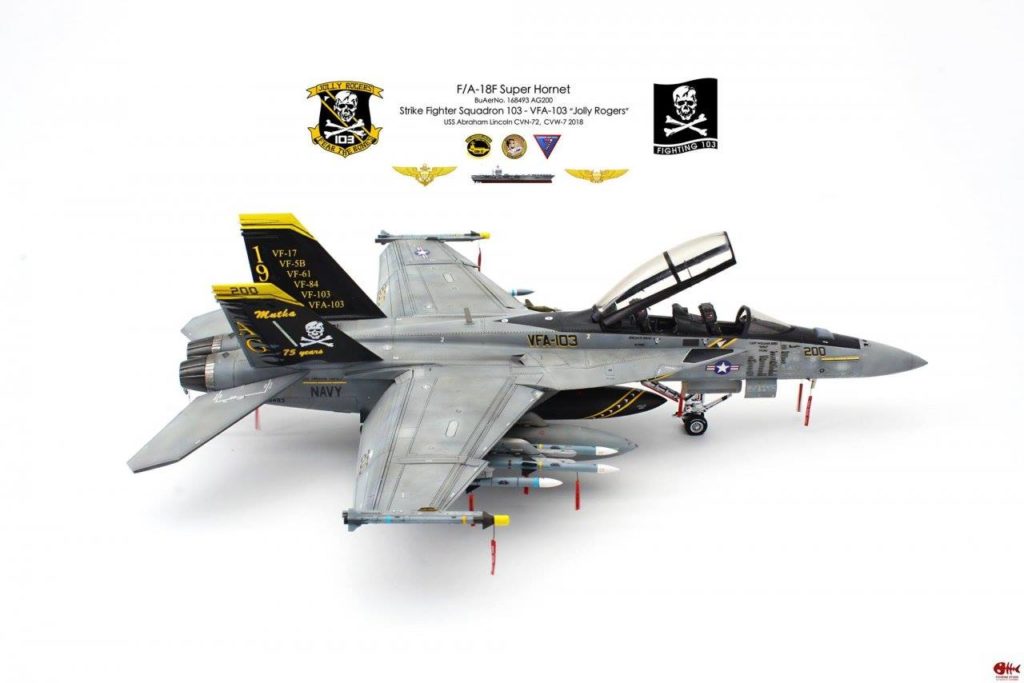
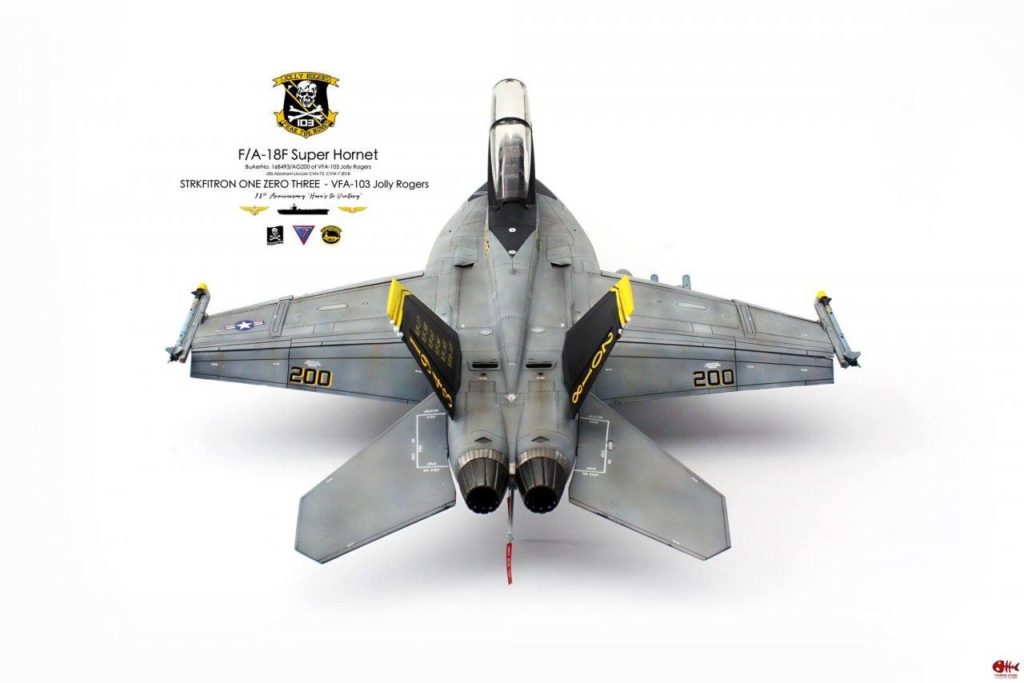
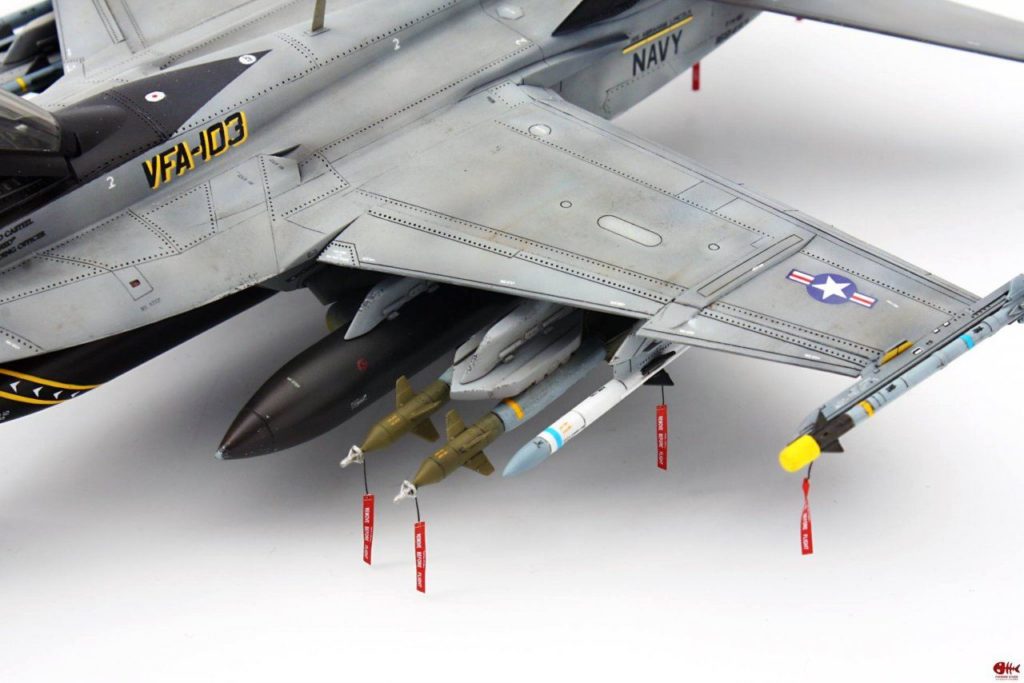
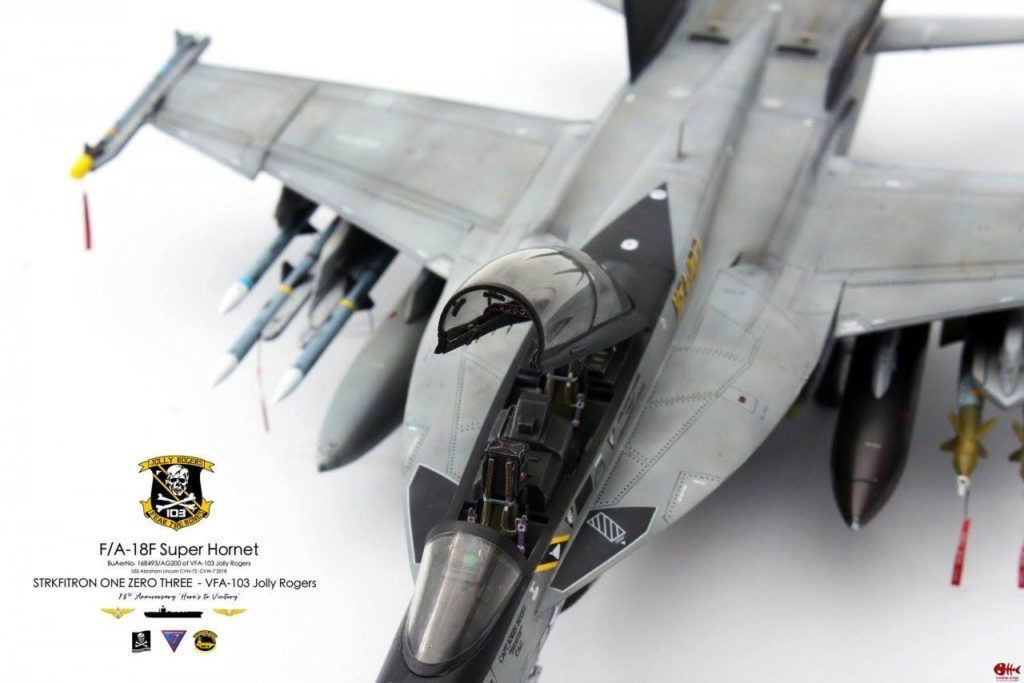
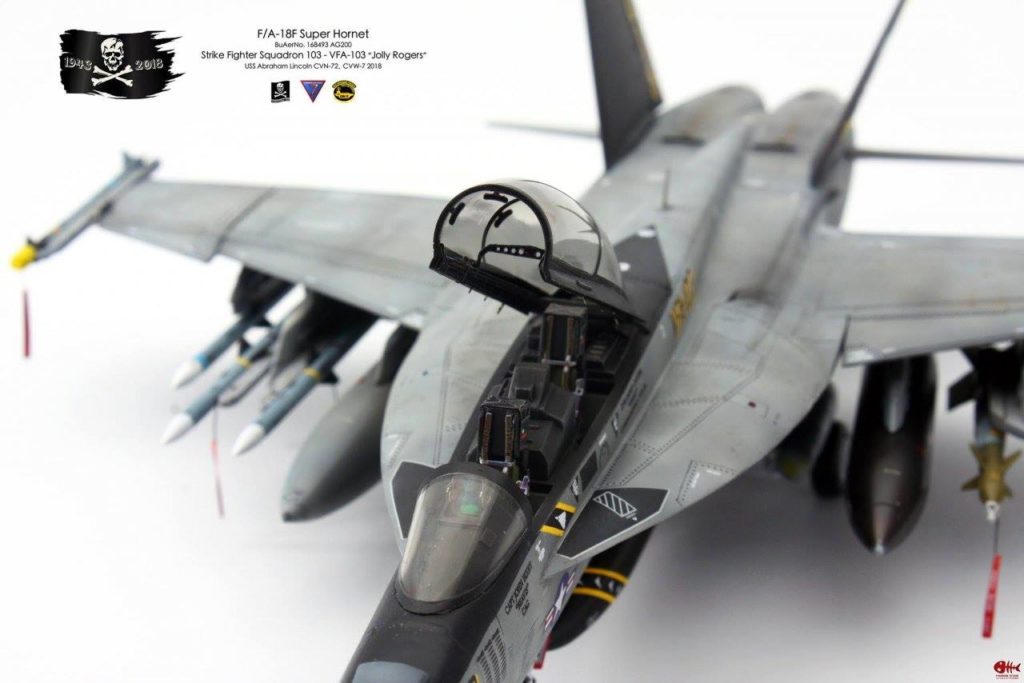
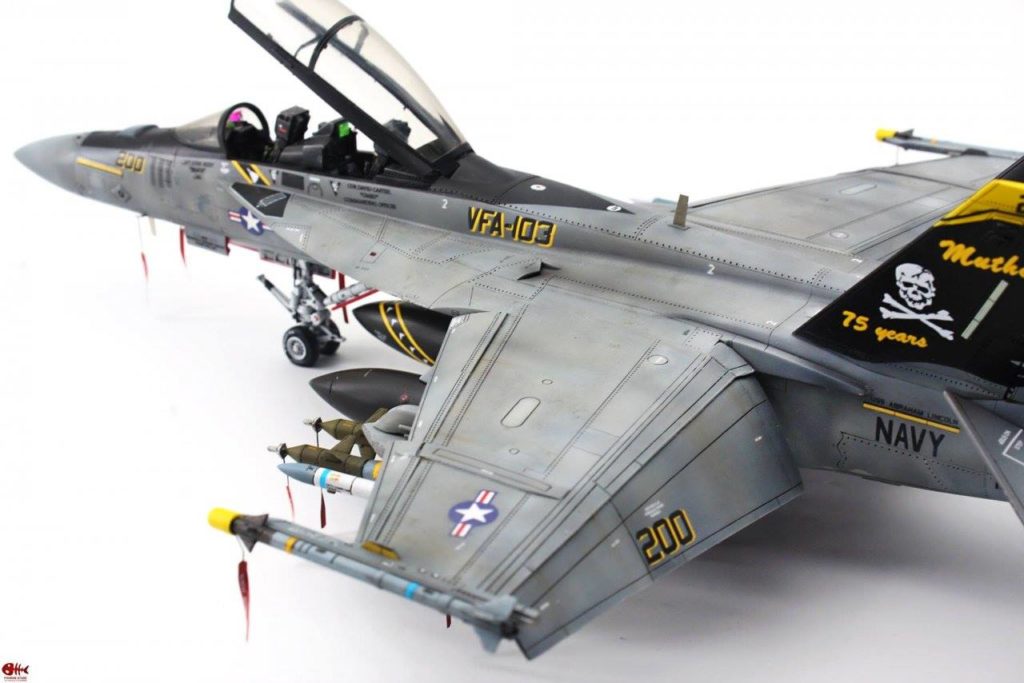
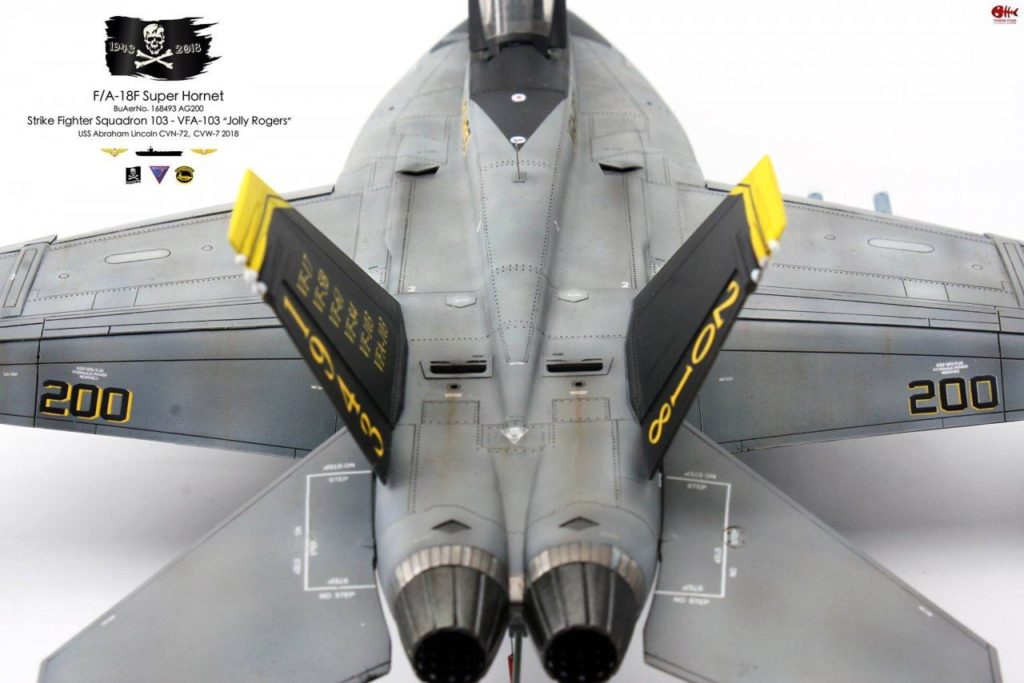
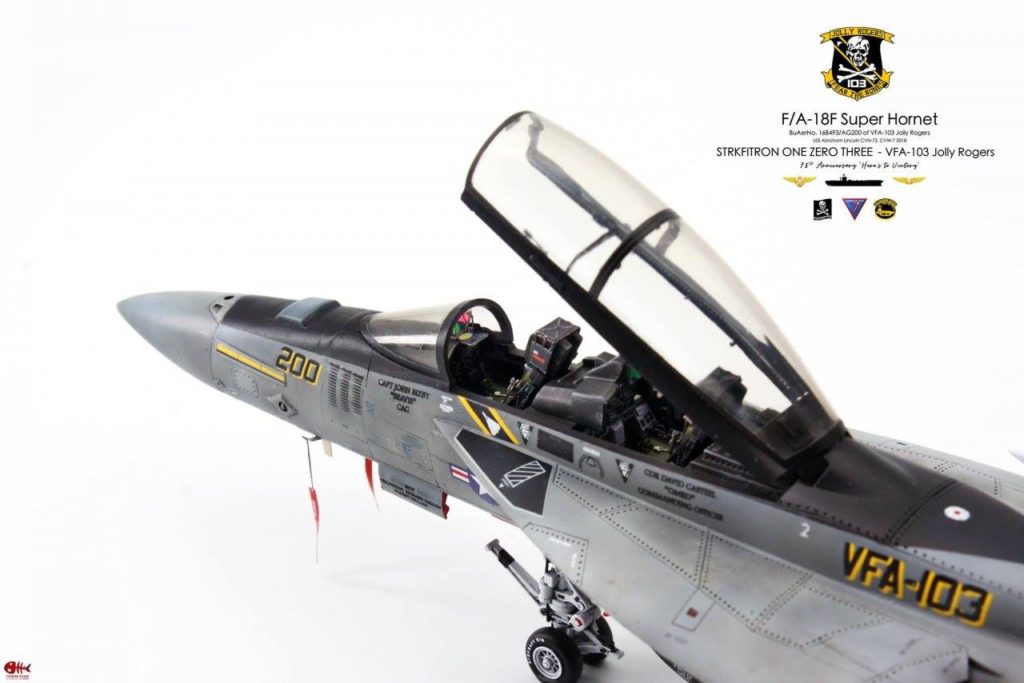
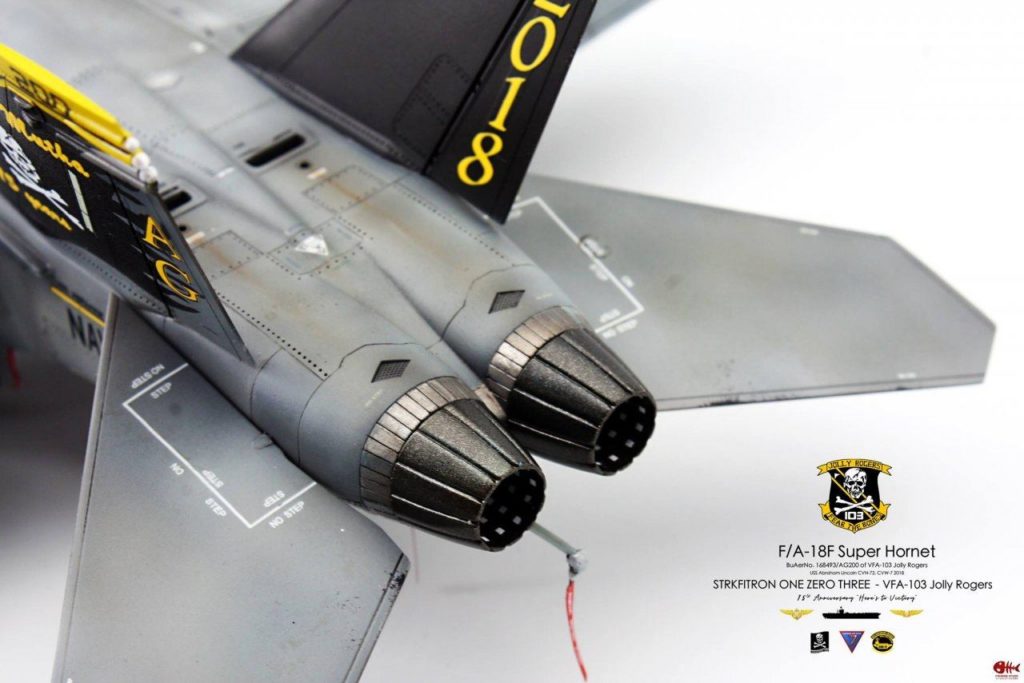
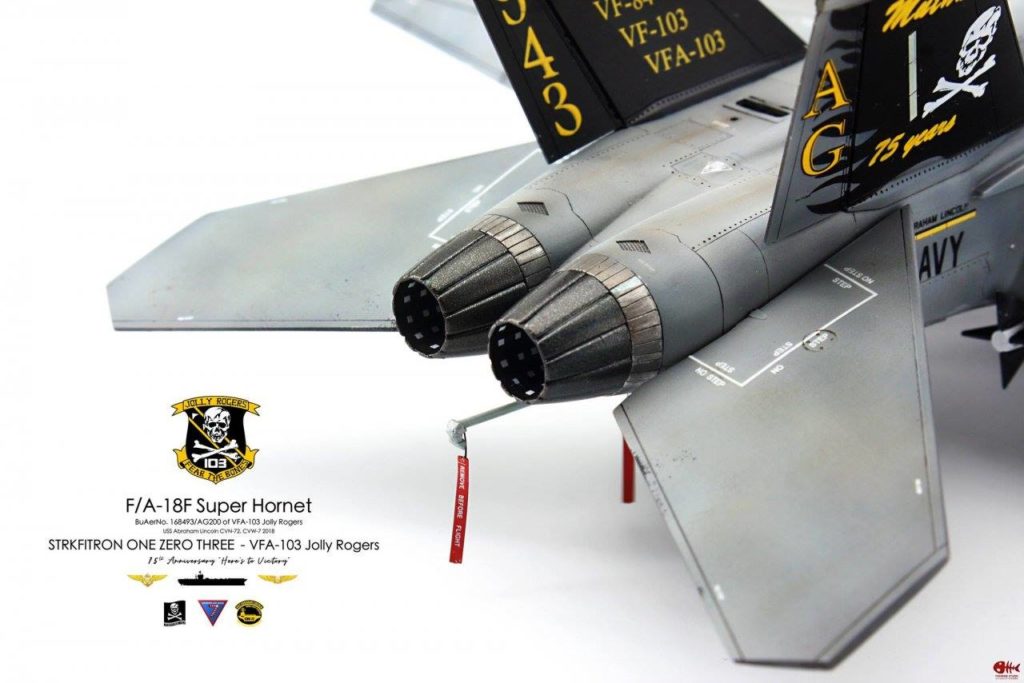
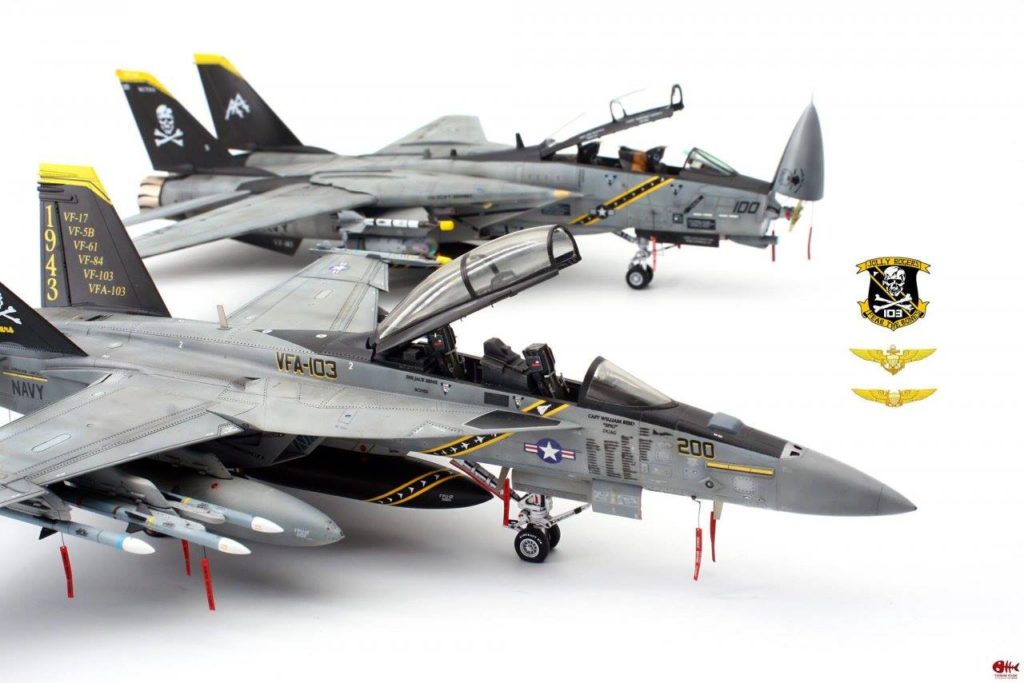
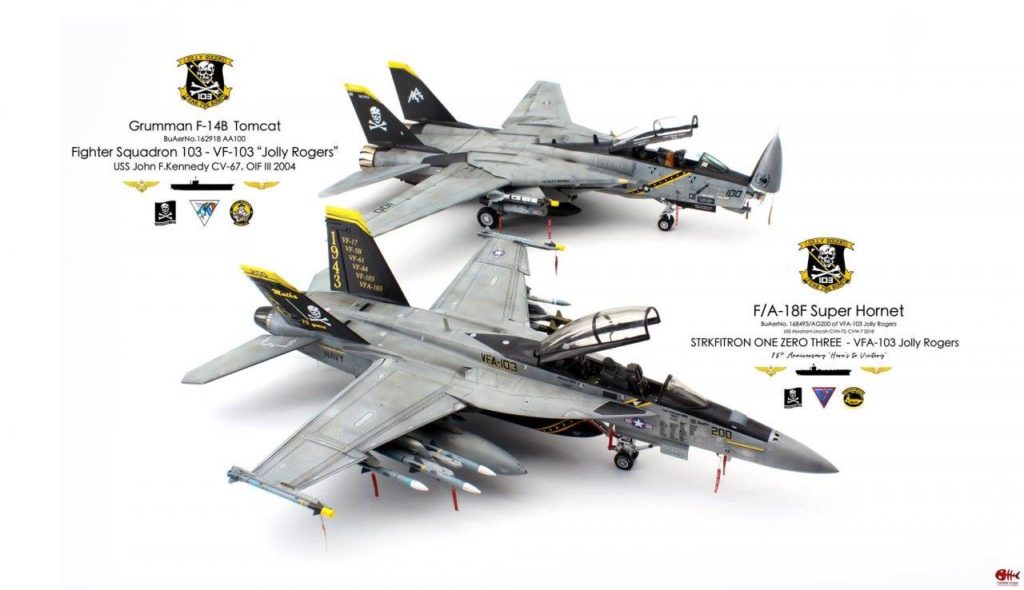
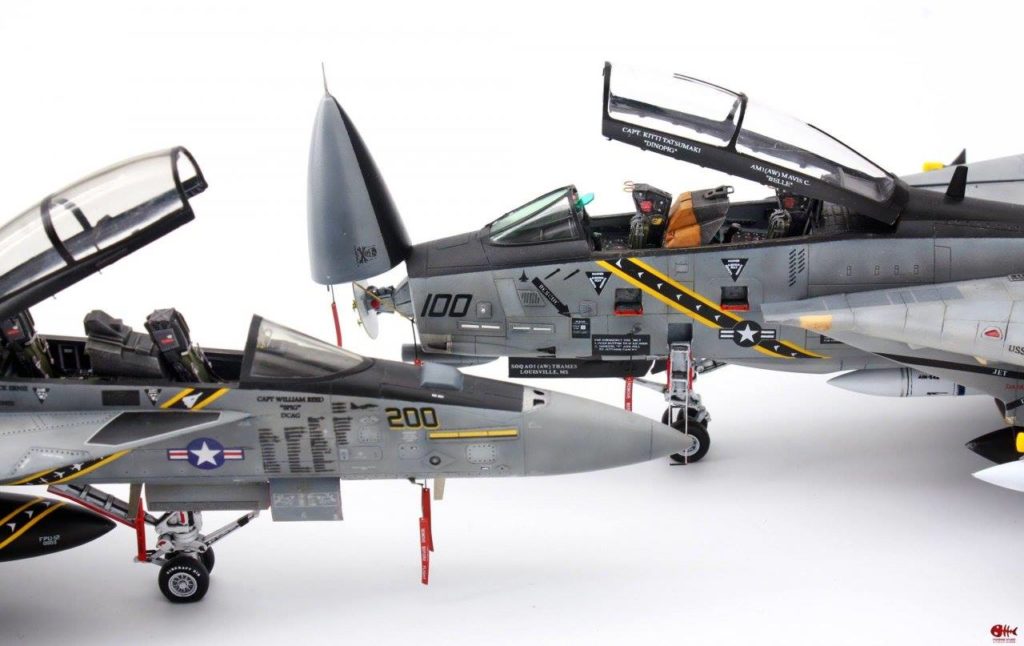
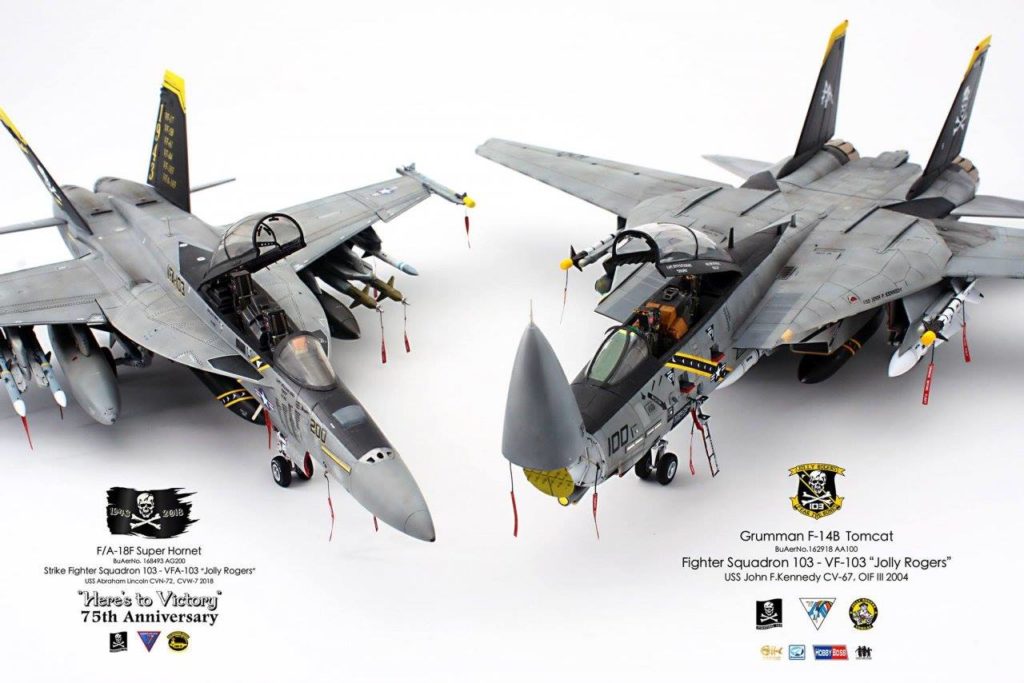
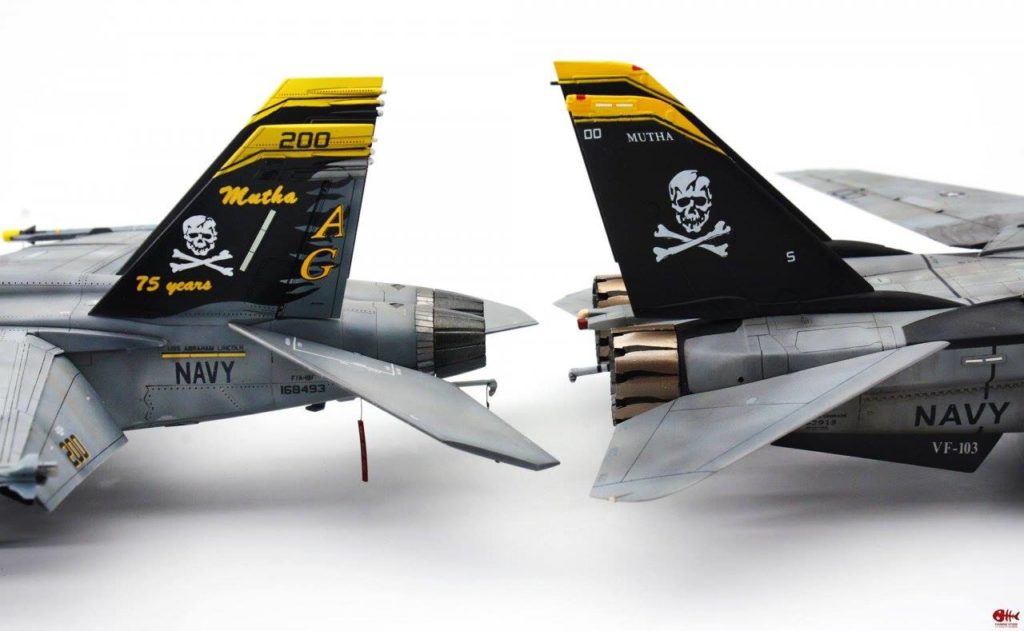
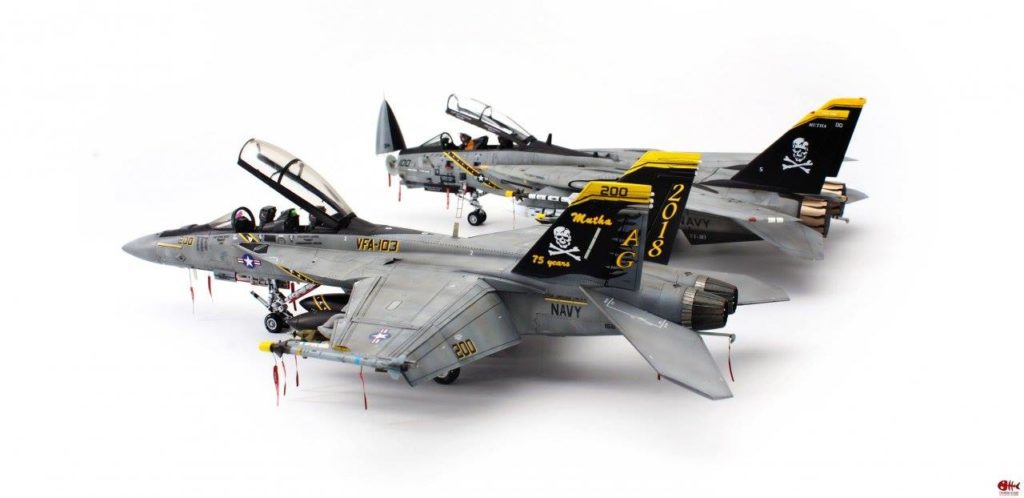
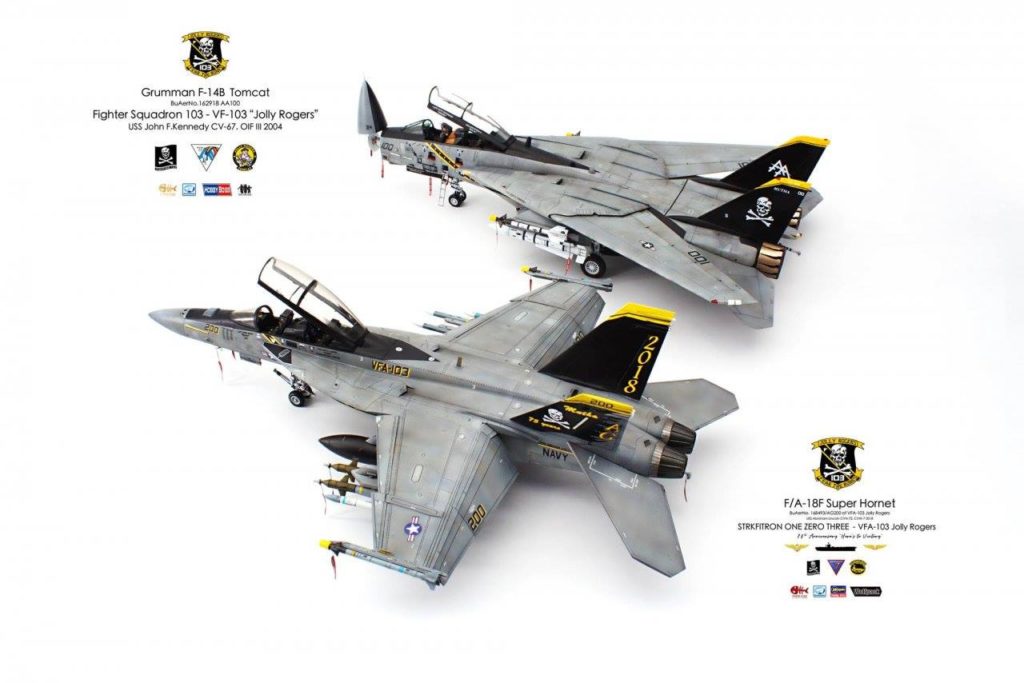
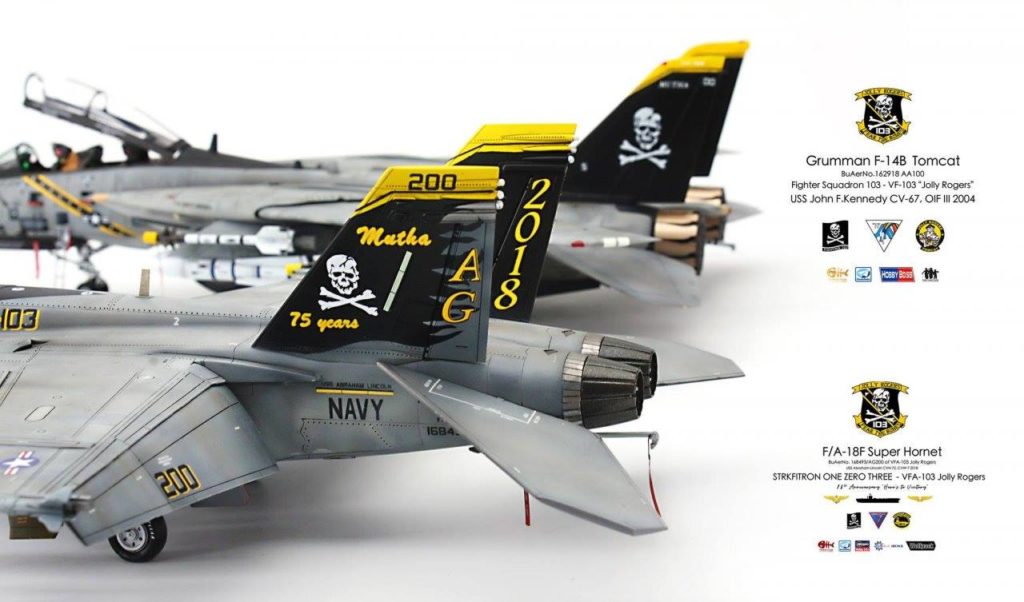
Leave a Reply